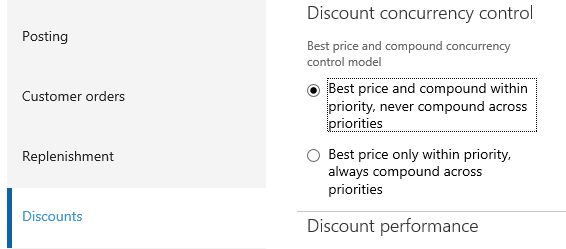Retail Discount Concurrency Control – Pricing Zone
We examined discount override option for discount override problem. Now we’re taking a different approach: pricing zone.
In short, we have a set of discounts defined in western Washington pricing zone. Then we have some more defined by store in store pricing zone. During the evaluation, we process store pricing zone, and then western Washington pricing zone for items not discounted in store pricing zone.
Functionally, we are talking about two groups (roles) of people: regional merchandizing manager and store manage. They may or may not talk to each other.
Again, let’s examine it in more details.
Simple discount. For now, let’s ignore simple discounts participating in competition case, which we will discuss shortly afterwards. It’s no different from direct override option: apply simple discount in higher pricing zone (store) first, and leftover for lower one (western Washington).
Multi-item discount. Again, ignore the discount completion for now. It’s similar to discount override case, which I won’t repeat here. In fact, the behavior of higher pricing zone first and leftover for lower is called out specifically with pricing zone, while not obvious with direct discount override.
Discount competing. If we’re to replace a discount that competes with other discounts while preserving the competition, we have to replicate other competing discounts in the pricing zone. This is where direct discount override works better.
Compounding. It’s debatable whether you want to compound across pricing zone. In general, pricing zone is a hard boundary, so no.
Update: The following will be released soon in AX7. Pricing zone is to best price and compound within priority, and never compound across priorities. 
Related: Retail Discount Concurrency Control - Examples
Related: Retail Discount Concurrency Control – Direct Override